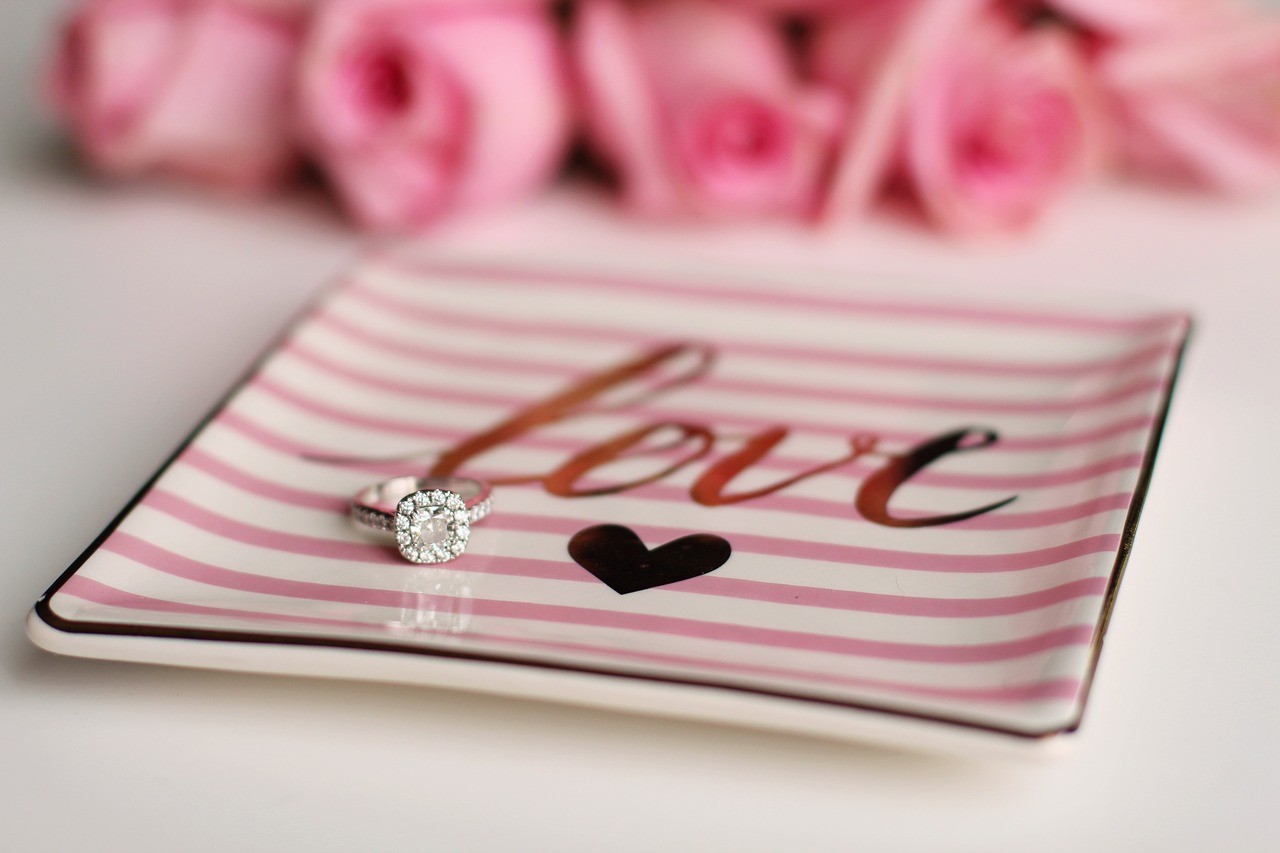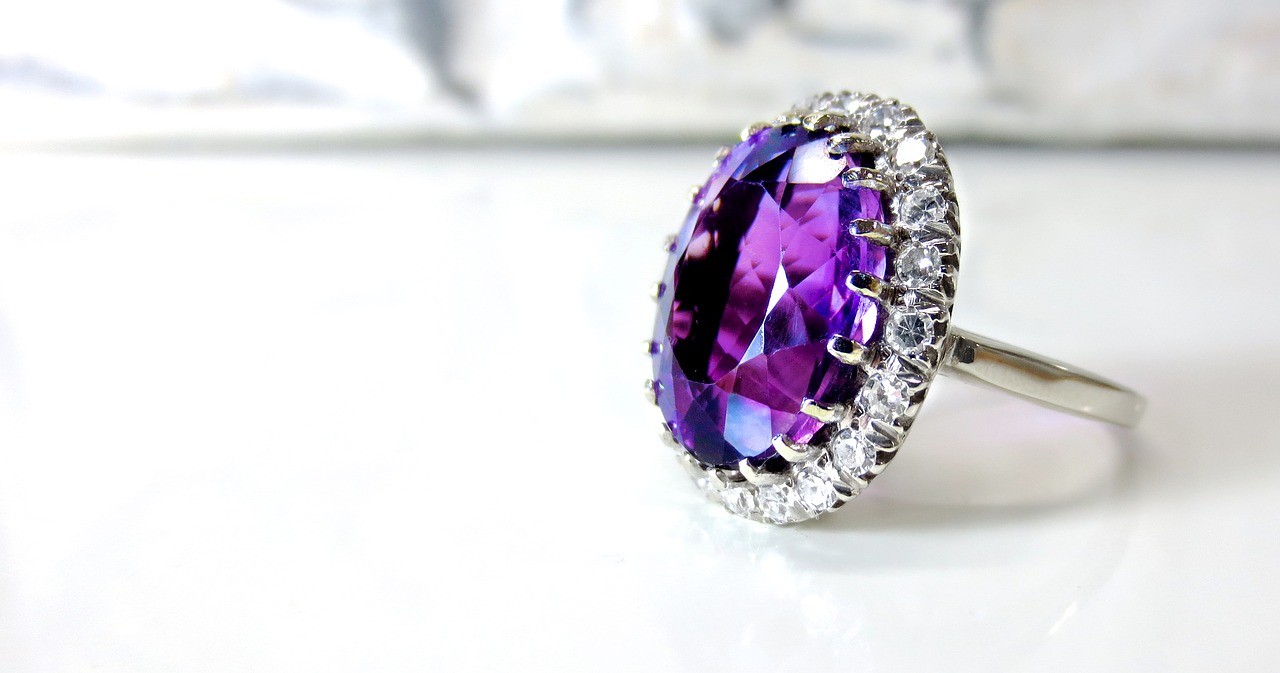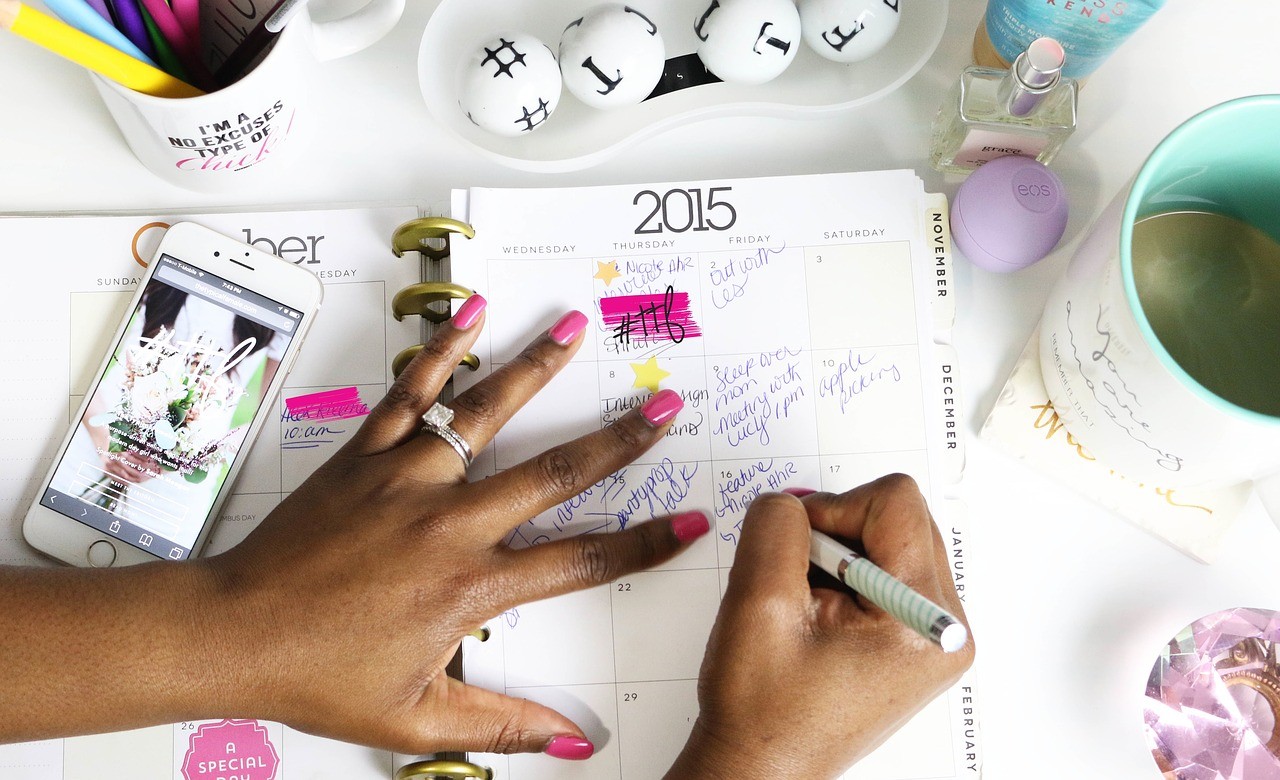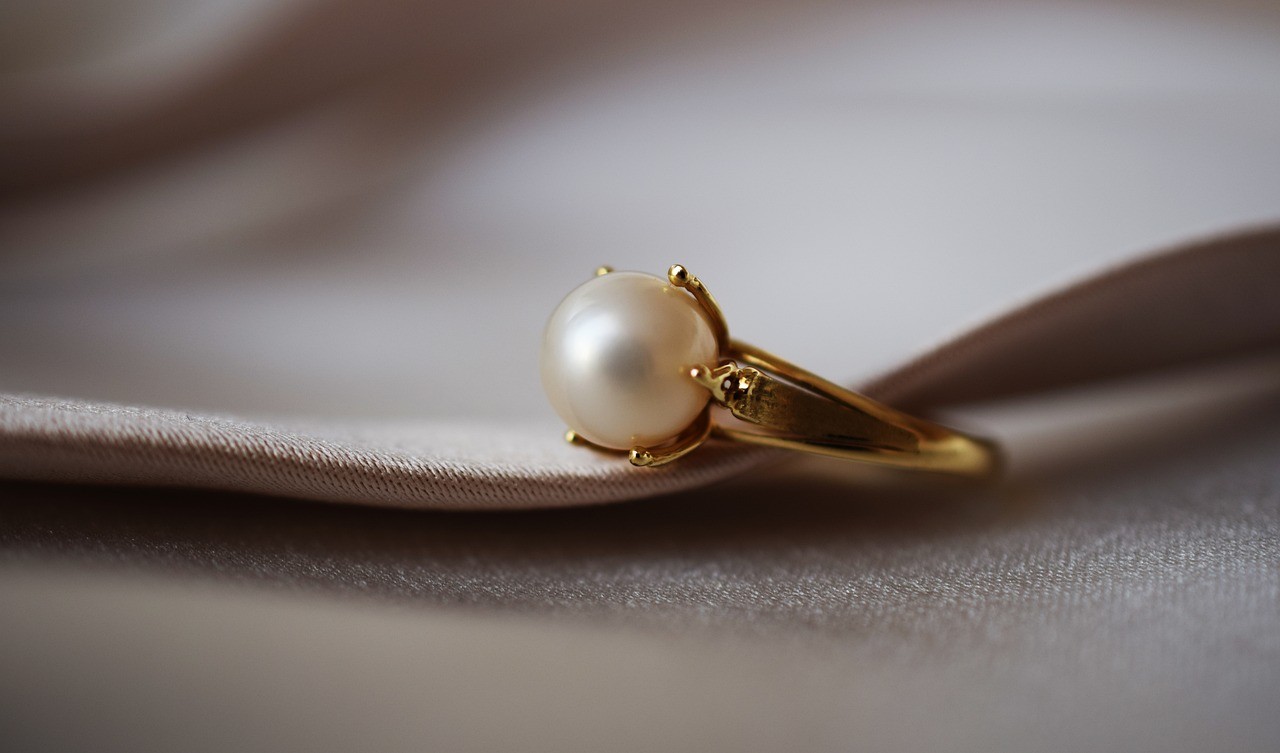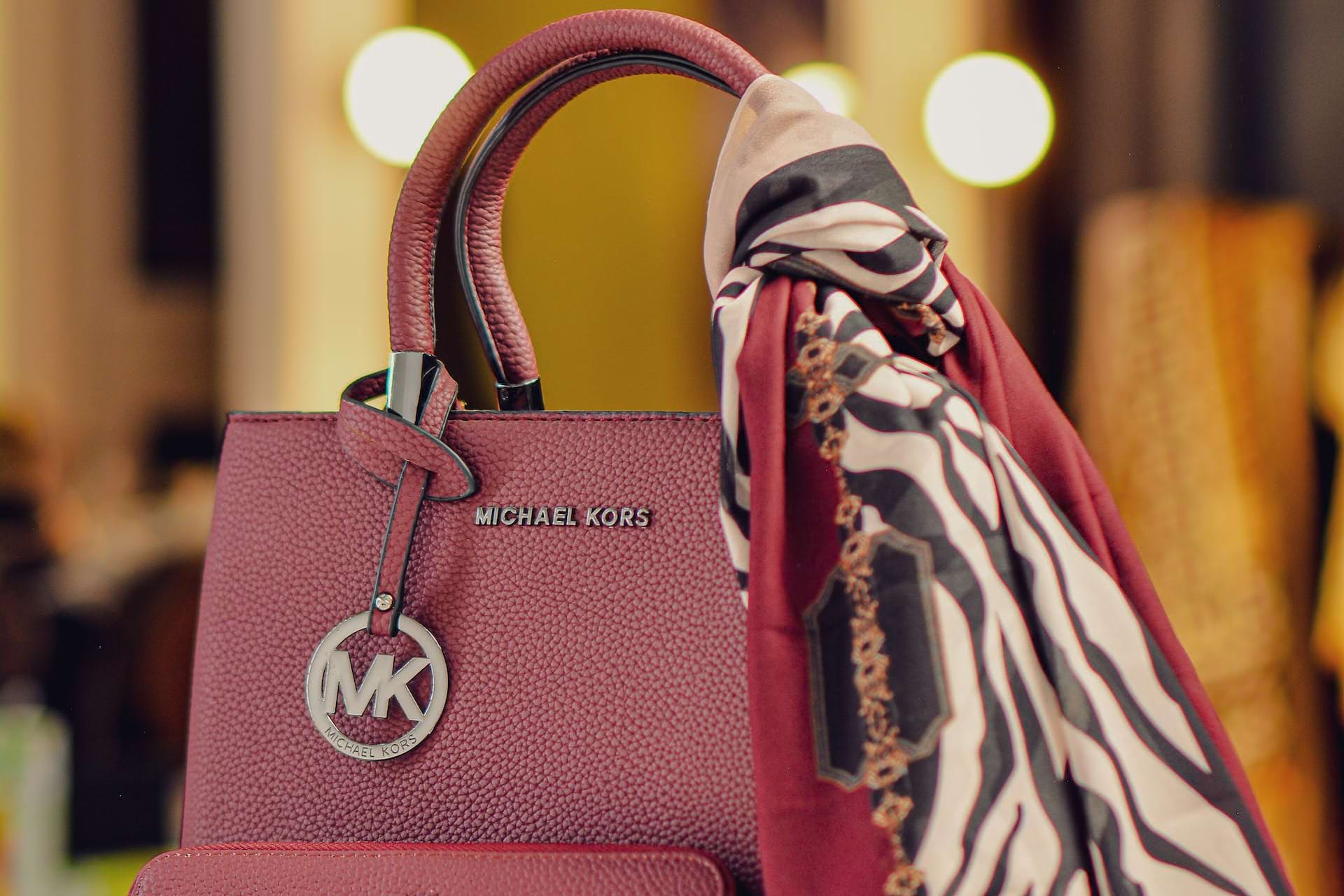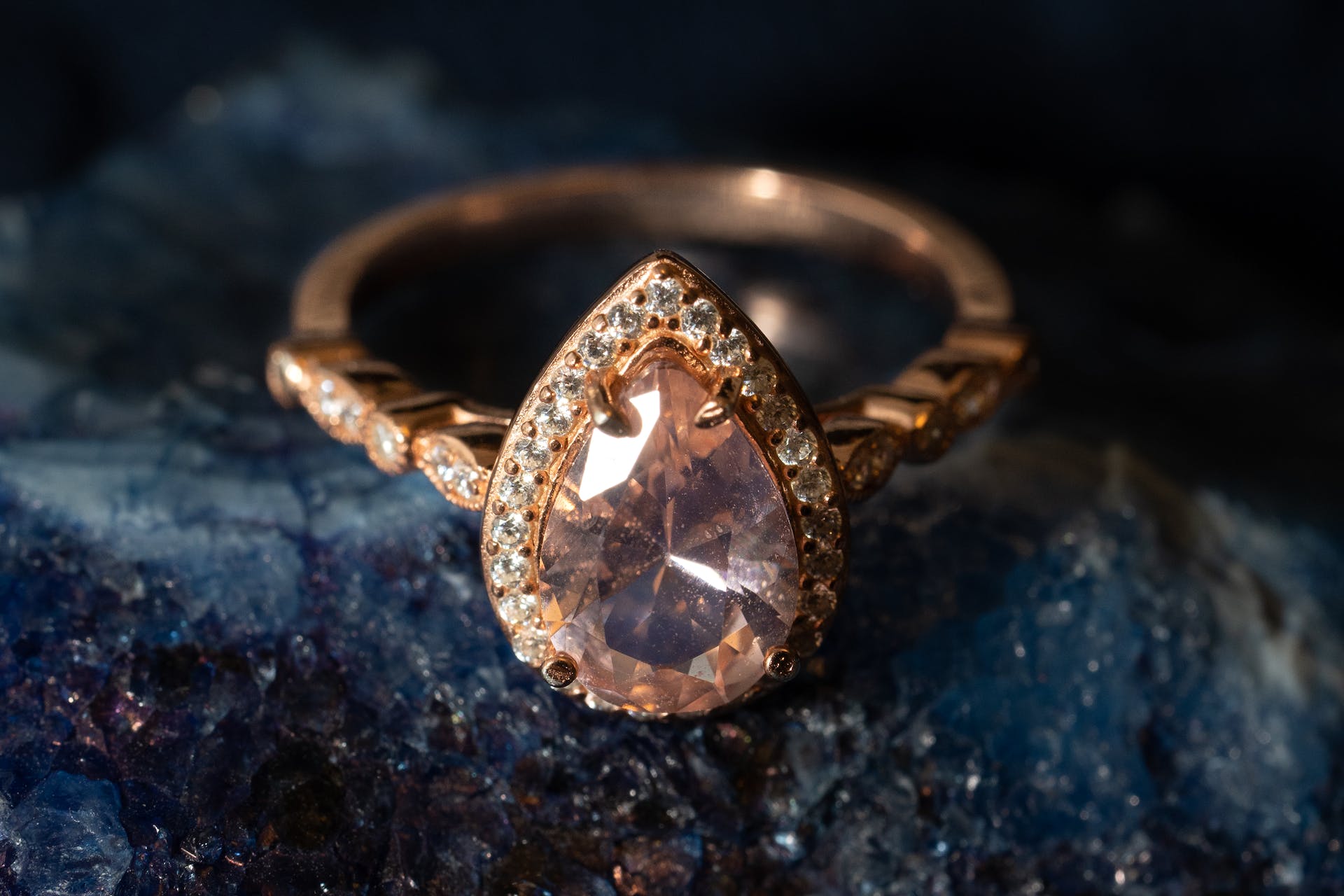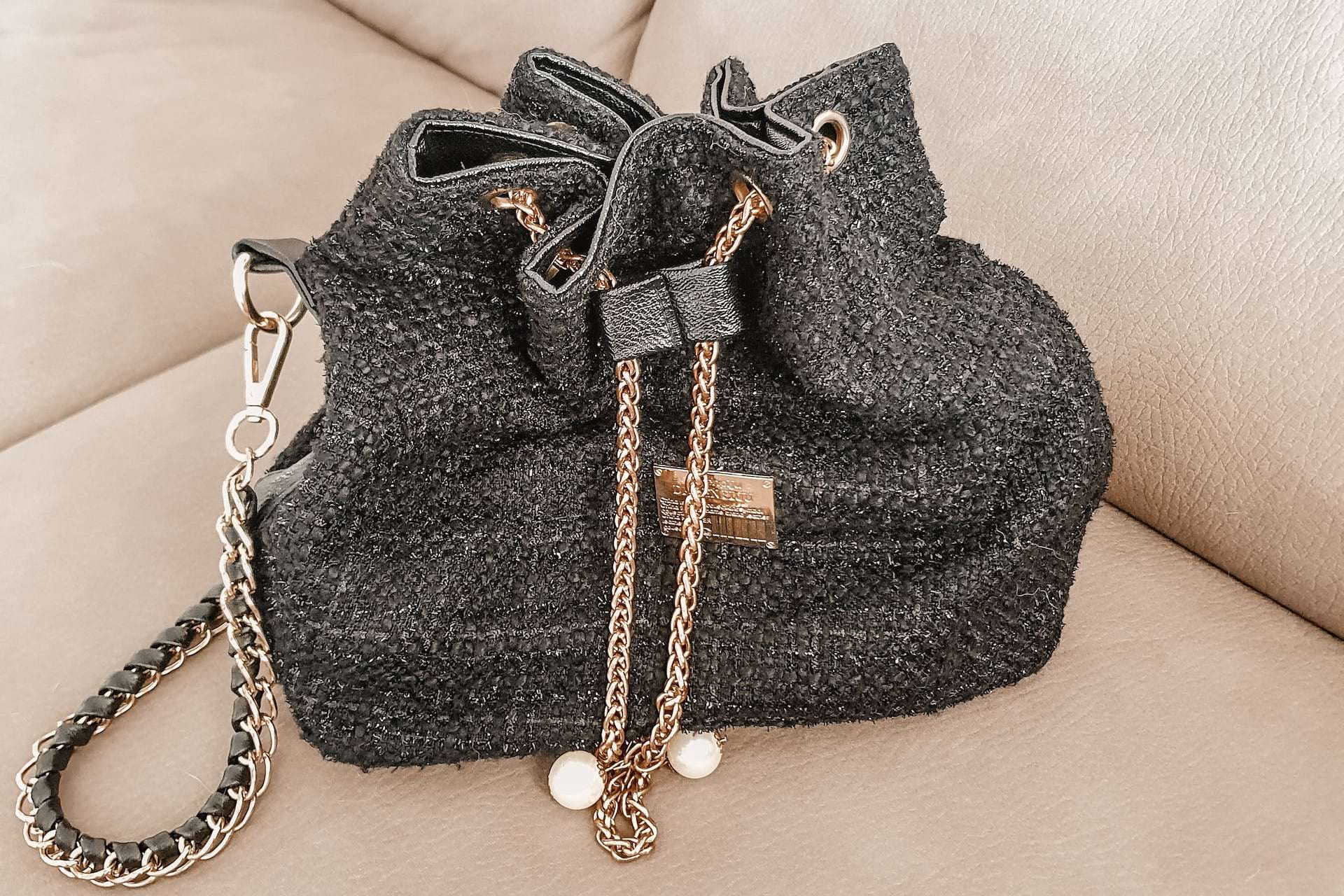
Buying jewellery can be tough, given that styles are always changing. Luckily, gold will never go out of style. Read on to find out about five reasons it’s never a bad decision to buy a 14k gold ring.
It’s Better Than Solid Gold
The very phrase “solid gold” can conjure up images of luxury and wealth, but the reality is that 24k gold isn’t a good fit for jewellery. Gold, as a pure element, is impractically soft and not as pretty as many people assume. In the United States, gold is considered pure and can legally be called “solid gold” as long as it has a purity of 10k or higher.
When they use gold to make jewellery, jewellers mix 24k gold with another metal or several other metals to impart some extra strength and reduce its malleability. The percentage of gold the completed piece contains is reflected in its karat rating. That means 14k gold contains 14 parts gold and 10 parts other metals, which offers far more stability and actually improves its lustre.
Finding 14k gold rings doesn’t have to be impossibly hard. Just make sure to find a reliable jeweller to ensure the purity of the gold. Adina’s Jewels has more options than most online retailers and has a well-known reputation for integrity and excellence, so start there.
Three Shades to Choose From
Since 14k gold is actually a gold alloy, its colour and lustre are altered by the other metals mixed with the gold. In all cases, 58% of 14k gold jewellery is pure gold. The other 42% could contain just about any mixture of copper, silver, and palladium. Jewellery makers have set industry standards for three different 14k gold alloys, though, which makes it easier to choose the right pieces.
Standard, 14k yellow gold is composed of 58% gold, 29% copper, and 13% silver. Rose gold contains 58% gold, 32% copper, and 10% silver. White gold is the outlier since it has no copper at all. Instead, it contains 58% gold, 32% silver, and 10% palladium, which is what gives it its unique colour and elegant appearance.
Some manufacturers use zinc instead of palladium to create white gold, while others vary their proportions slightly. As long as they still contain 58% gold, jewellery fabricated with slightly different proportions of other metals are still considered 14k gold pieces. Manufacturers who differ from the industry standards described above do so for many reasons, but most of them are trying to create more visually stunning pieces so they can better compete with other jewellers.
Substantial Price Range
Solid gold jewellery can be expensive no matter what karat consumers choose. That’s fine for those with plenty of spending cash and a distinct preference for solid gold, but there are also plenty of viable alternatives. For example, 14K gold-filled jewellery looks just like solid gold but is less expensive thanks to its brass core.
Gold-filled jewellery still offers decades of wear as long as it’s cared for properly. Its more affordable price range makes it a perfect alternative for those who can’t quite afford to purchase solid gold pieces. As with any fine or semi-fine jewellery, it’s important to buy gold-filled rings from a reputable supplier.
It’s important to distinguish between gold-filled rings and gold-plated pieces. Gold-plated jewellery is far less durable, as the layer of gold coating, the inner core is typically around 1/100th as thick as it would be in a gold-filed piece. The bonding process is also a little different, as gold-filled jewellery must be mechanically bound to its core with extreme pressure and heat, making it far more resilient.
Popularity in America
In the United States, around 90% of wedding bands are made of 14k gold. It’s not just the price difference that makes 14k gold more popular for rings, either. They tend to be more durable than 18k gold rings, which means they can be worn every day without worrying they’ll break or deform.
It’s not just wedding rings that frequently feature 14k gold. It’s common for engagement rings, promise rings, and fine jewellery purchased as gifts to feature this alloy, and with good reason. 14k gold offers more visual appeal in white gold or rose gold mixtures, as the lower percentage of gold allows manufacturers to create more vibrant colours.
The bottom line here is that 14k gold is extremely popular for a reason. Consumers who want to stay on-trend and those who just want to make the most of their purchases can’t go wrong by following the crowd in this particular instance.
Perfect for Setting Stones
While 18k gold would look less than elegant paired with diamonds, 14k white gold offers a perfect complement to this popular gemstone. The lower price point for 14k gold also means that buyers can put more of their investments toward high-quality gemstones whether they prefer diamonds or other, equally beautiful options.
With 14k rose gold, diamonds will stand out and create a unique visual appeal. Since 18k gold is always yellower than 14k rose gold, it won’t look as good. There are a few stones that can be set in yellow gold of any karat, but most look better set in 14k rose or white gold.
Choosing the right colour requires matching not just the jewels but also the wearer’s skin tone. When buying 14k rings as gifts, take a look at what else the recipient has in her collection and base the decision on her personal preferences. The chances are she’s already evaluated how each type complements her skin tone.
The Bottom Line
Every woman loves fine jewellery, and 14k gold definitely makes the cut. It’s more durable than 18k gold, and most women prefer its more vibrant tones to more expensive mixes.
While it’s never a good idea to base a purchase decision on pricing alone, it’s also worth noting that 14k gold rings are more affordable than comparable 18k pieces. Plus, 14k gold-filled rings offer an even more affordable alternative for those who are shopping on a serious budget. Overall, 14k gold is a good pick for any ring.






